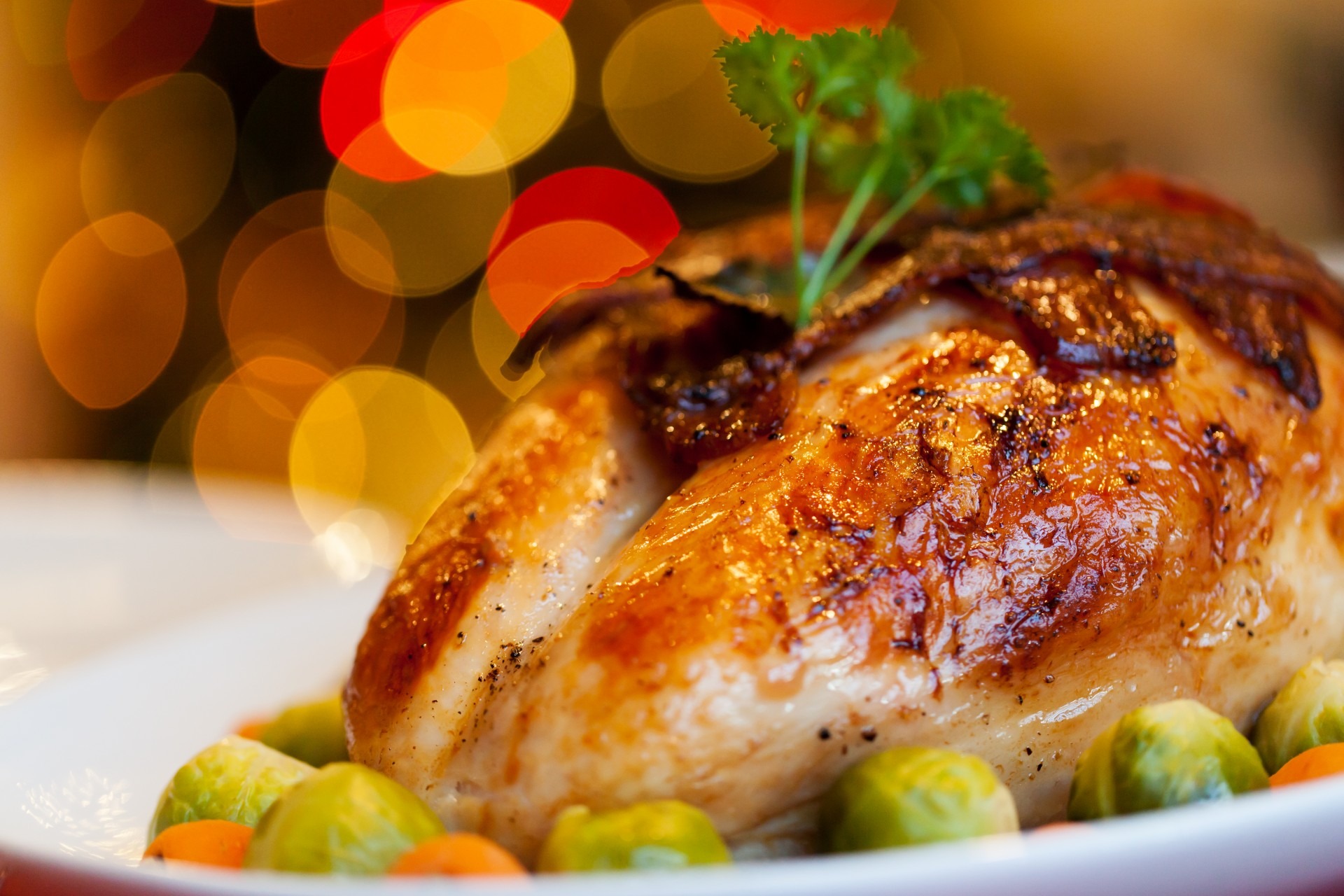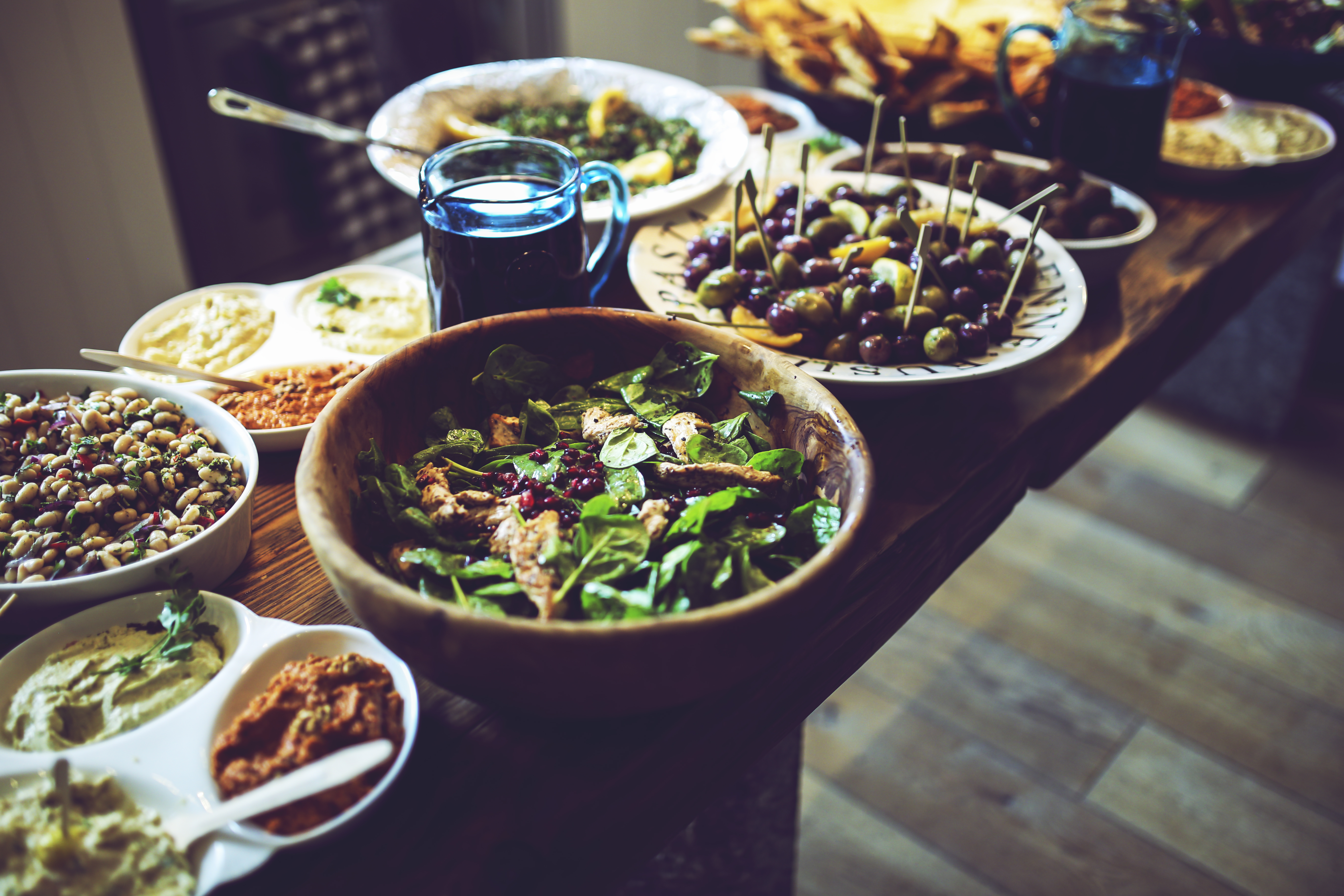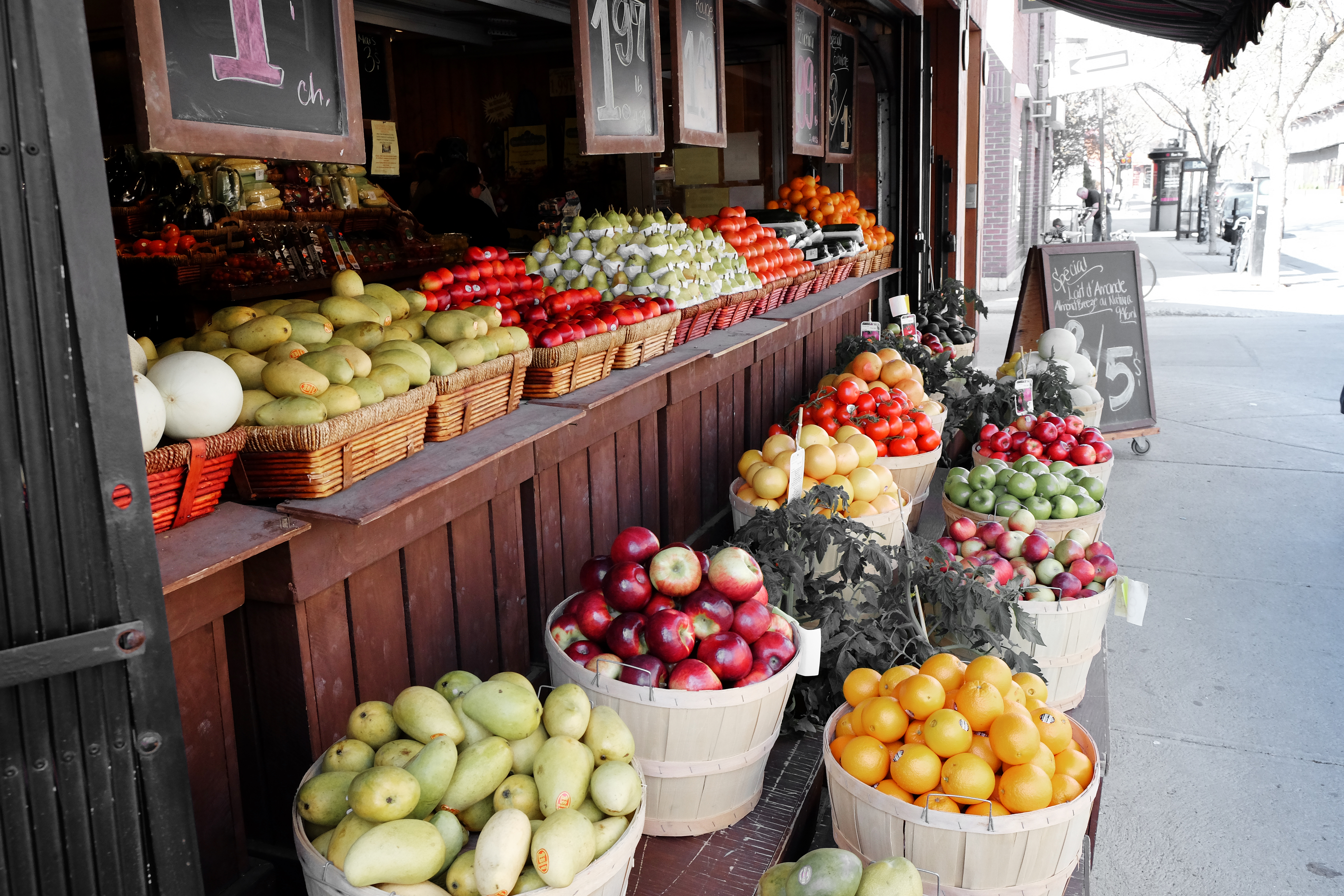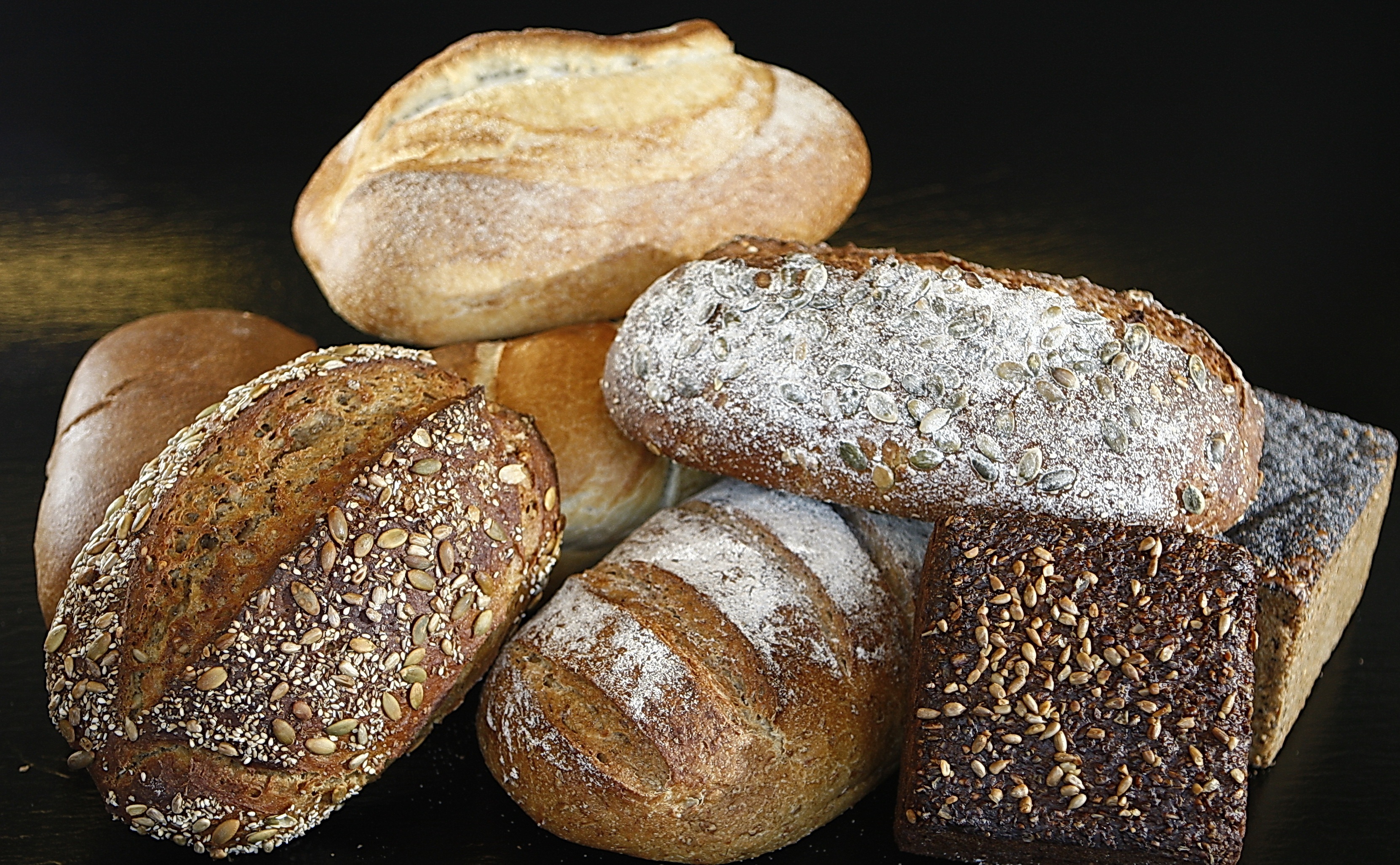
Thinking of starting a regular exercise routine but confused as to where to begin? Don’t be. I know the thought of pumping hours at the gym may be intimidating but you have nothing to fear. You don’t have to go to the gym, or stay hours in the gym for that matter in order to be physically fit. There are many other avenues and options for you to pick from. The key is finding the right exercise, or combination of exercises that is best for you.
Needs Assessment
In order to pick the most suitable exercise for you, you must first think about what your needs and main goals are. Do you intend to exercise to lose weight? To bulk up? To increase physical fitness? Or to reap general health benefits? Once you have determined your needs and selected your goals, it becomes easy to narrow down the possibilities.
Logistics
The main characteristics you should consider when selecting an exercise routine are:
- Does it suit your personality? If you’re not a fan of outdoor exercise, chances are you’re not going to stick with an outdoor activity such as jogging. If done in doors, then your chances of sticking with it are higher.
- Does it suit your lifestyle? If you’re always on the go, the likelihood of successfully incorporating daily hourly workouts are slim. Perhaps it may be more beneficial for you to find an activity you can do in short intervals (15-30 minutes), a few times a week.
- Is it in synchrony with your fitness level? If you sustain injuries easily, or you have a health condition that may be affected by exercise, you may have to obtain clearance from your doctor before engaging in a physical activity program. The key is to know your limits, and not to over extend yourself as this may result in injuries.
Getting Started
- Choose something that you enjoy:
Consistency is key in maximizing health benefits, and in achieving your fitness goals. Therefore, it is important to select types of exercise that you can do on a regular basis. If you enjoy swimming, make that a part of your exercise routine. If you don’t enjoy an activity, then the chances of you sticking with it for the long-term are slim.
- Keep things spicy!
Doing the same kind of exercise day in and day out can get pretty boring, pretty quickly. I urge you to say “no” to monotony and “yes” to variety. Varying your routine with a series of aerobic and cardiovascular exercises will work different muscle groups, and will keep things exciting.
- Not in the best shape?
You don’t have to start full throttle. Always be on the lookout for opportunities that can give you a more active lifestyle. For example, instead of taking the elevators at work take the stairs. Another great idea is to park further from your destination, as this will be a break from a sedentary lifestyle by giving you an opportunity to walk more often. You can also start with 10 minute walks daily, slowly increasing by 5 minutes each week, until you reach 30 minutes. The main thing to remember if this applies to you is to start small, then build up.
- Social butterfly?
Think of taking group classes such as Zumba, Pilates, or a host of other dance classes. This will allow you to interact with others while becoming fit and fabulous. It can also lead to maintaining these social connections outside of class.
- Need pointers?
Not really sure where to begin? Consider hiring a certified fitness coach. A coach who is highly educated and experienced would be most knowledgeable and skilled in tailoring work outs to your individual needs, while ensuring client safety.
- On a tight budget?
You don’t have to shell out tons of money to sign up for a fitness class or a gym membership. It is easy to access all kinds of workout videos on the internet via you tube. You could also purchase DVD’s at a low-cost, or rent some from your local library at no cost at all. You can also create unlimited workouts at home by purchasing free weights, resistance bands and a stability ball.






